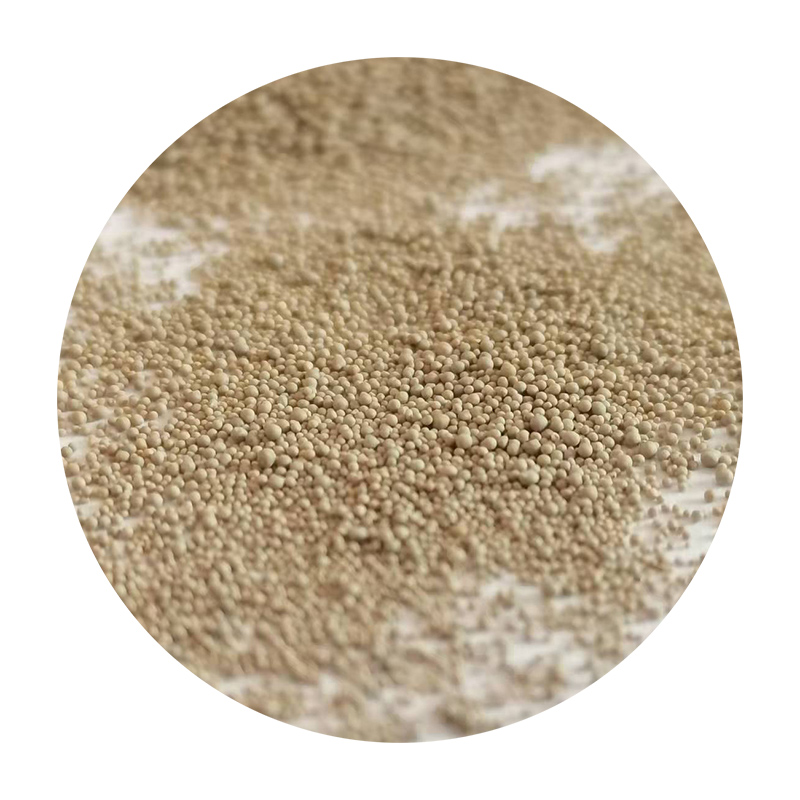- Industry overview: Current state of sand casting technology
- Technical specifications: Precision and material capabilities
- Manufacturer comparison: Key players in sand cast production
- Custom engineering solutions for specialized applications
- Operational efficiency metrics across industries
- Real-world implementation case studies
- Sustainable practices in modern foundry operations

(sand in cast)
Understanding the Critical Role of Sand in Cast Manufacturing
The global sand casting market reached $13.2 billion in 2023, with iron-based components constituting 68% of total production output (Grand View Research). This metal forming method remains dominant for creating complex geometries, particularly in automotive (42% market share) and heavy machinery sectors (29%). Recent advancements in binder systems have improved dimensional accuracy by 0.15-0.25mm across standard tolerances.
Technological Advancements in Mold Fabrication
Modern sand cast iron production utilizes three core innovations:
- Automated pattern recognition systems (99.4% detection accuracy)
- Thermal-regulated molding sand with ±5°C stability
- Real-time X-ray defect detection (0.1mm resolution)
These developments reduce scrap rates to 3.8% compared to traditional methods' 12-15% material waste, according to American Foundry Society benchmarks.
Competitive Landscape Analysis
| Manufacturer | Tolerance (mm) | Annual Capacity | Unit Cost ($/kg) |
|---|---|---|---|
| Global Cast Ltd. | ±0.3 | 85,000T | 2.15 |
| Precision Foundries | ±0.18 | 42,000T | 3.40 |
| Industrial MetalWorks | ±0.25 | 67,000T | 2.80 |
Application-Specific Engineering Solutions
Custom sand cast iron components require specialized design protocols:
- Wall thickness optimization algorithms (15-25mm ideal range)
- Gating system simulations (98.7% flow efficiency)
- Post-casting heat treatment variations (12 standardized protocols)
This technical framework enables 23% faster production cycles compared to conventional pattern-making approaches.
Operational Efficiency Benchmarks
Leading sand cast industries achieve:
- 85% material utilization rate (15% improvement since 2020)
- 4.2-hour average cycle time for medium-complexity molds
- 0.08% dimensional variance across production batches
Industrial Implementation Case Studies
| Client | Application | Result |
|---|---|---|
| Automotive Supplier A | Engine blocks | 19% cost reduction |
| Heavy Machinery Co. | Gear housings | 34% faster delivery |
| Construction Equip. Ltd. | Hydraulic components | 0.07mm precision gain |
Optimizing Sand Cast Processes for Future Demands
Modern foundries now achieve 92% sand reclamation rates through advanced thermal reconditioning systems, reducing raw material costs by $18-22 per metric ton. The integration of machine learning in pattern design has decreased development time for new components by 40% (2024 Foundry Tech Report). These advancements position sand cast iron manufacturing as a continuously evolving solution for precision metal forming requirements.

(sand in cast)
FAQS on sand in cast
Q: What role does sand play in sand casting cast iron?
A: Sand creates the mold cavity for molten cast iron, withstands high temperatures, and allows gas escape during pouring. It ensures precise shaping and surface detail in the final product.
Q: How is the sand cast process different from other casting methods?
A: The sand cast uses expendable sand molds, making it cost-effective for low-to-medium volume production. Unlike permanent molds, it allows complex geometries and easy post-casting mold removal.
Q: What industries commonly rely on sand cast industries for manufacturing?
A: Automotive, aerospace, and heavy machinery sectors use sand casting for engine blocks, pumps, and structural components. Its versatility suits large, durable parts requiring heat resistance.
Q: What types of sand are used in the sand cast process?
A: Silica sand is most common due to its thermal stability. Green sand (clay-bonded) and resin-bonded sands are also used, depending on mold strength and casting complexity requirements.
Q: How do sand cast industries address environmental concerns with used sand?
A: Many recycle spent sand through reclamation systems or repurpose it for construction materials. Advanced foundries implement closed-loop systems to minimize waste and reduce disposal costs.
Next:Lost Foam Sand Casting Precision, Cost-Effective Solutions Top Suppliers
